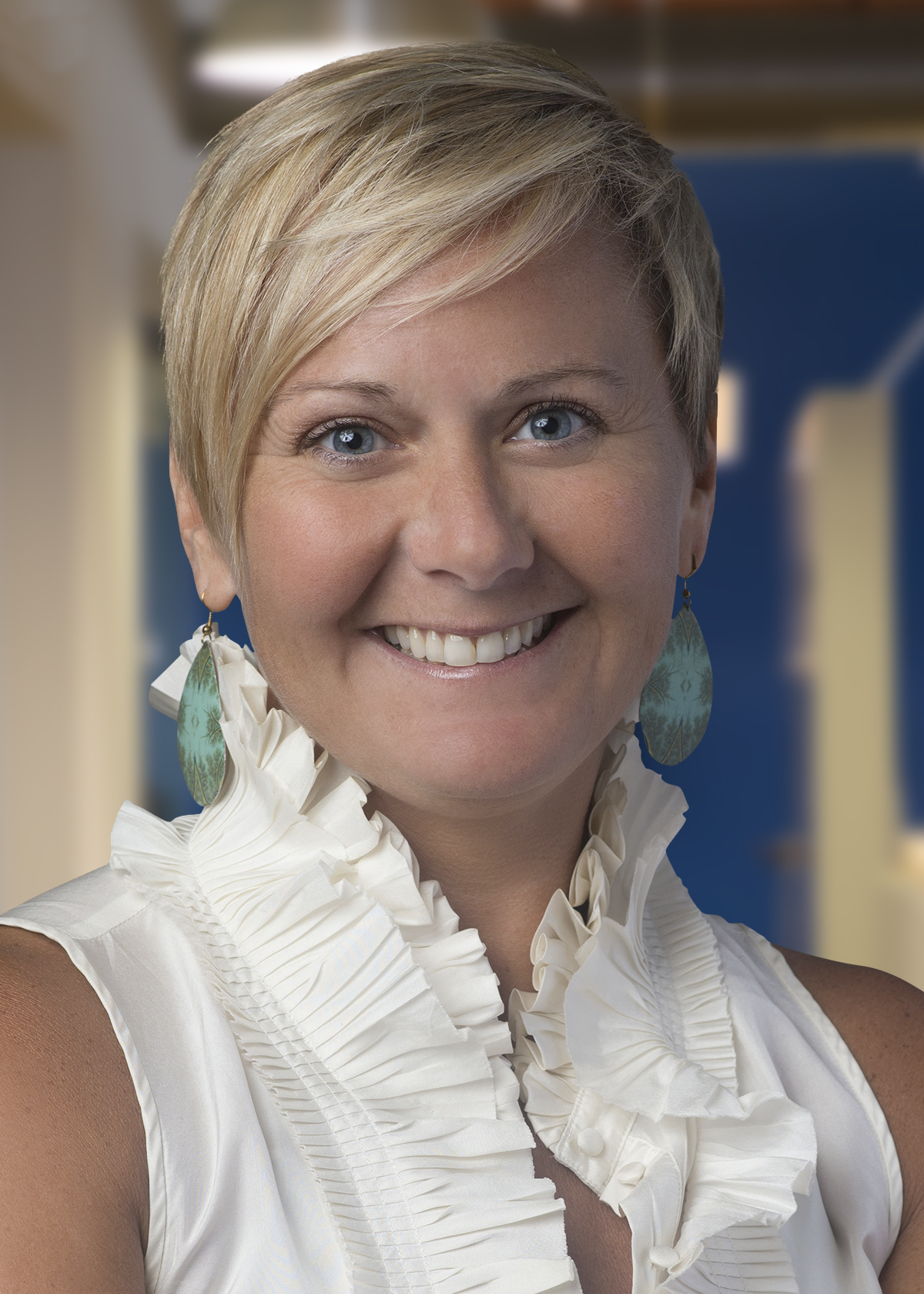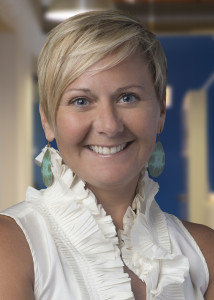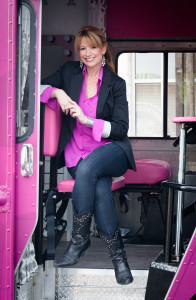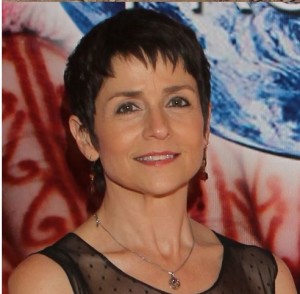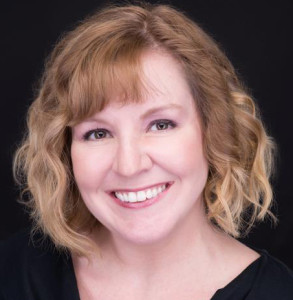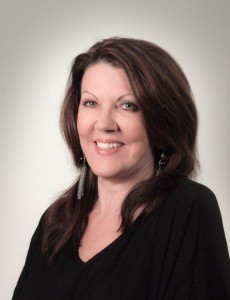Written by Victoria Williams.
Imagination and creativity – two pivotal elements in storytelling – will be the focus of one of four breakout sessions this Friday, November 6, when panelists Jackie Hopkins of Edelman; Korey Howell of Korey Howell Photography; Lisa Maxwell of Austin Pets Alive! and Christy Pipkin will join moderator Deborah Magnuson-Elliot at the UT Commons Learning Center for Imagination & Creativity: Is the medium the message? Creative tools and strategies to bring your story to life. Presented by the Women Communicators of Austin, the program will be the fourth and final breakout session offered at Get Smart 2015, a half-day professional conference lead by expert communicators.
These women, who have forged successful careers in different ways and in various areas of the communications spectrum, recently shared with us how creativity plays a part in helping to shape their lives. They also gave us a look into how it affects the ebb and flow of the business world and previewed some of what you may see during the session. Read all about it in this Q&A:
How do you harness your personal creativity from day-to-day and apply it to your professional life?
Jackie Hopkins (JH): To me “creativity is just intelligence, having fun.” I think I stole that quote from Albert Einstein, but it’s so simple, powerful and real.
With that said, there are a number of ways that I work to harness my creativity day to day…but for me it’s all grounded in my personal and professional PASSIONS. For me, I don’t think of my personal and professional lives as separate, but I see them interconnected and feeding one another.
I believe that my creativity is based in who I am at the core – what inspires me, what I am passionate about, what I care about, what has meaning….all of this fuels and inspires the creativity that I bring to my job every day. For example, my love for my kids, my love for the outdoors, and my love for people. I am big believer in the fact that creativity is a reflection of oneself – your knowledge, skills and expertise combined with what truly inspires you and drives you to act.
In terms of harnessing my creativity, I get in touch with it and channel it through a daily yoga and meditation practice which allows me to quiet my mind and listen to my intuition – ultimately “feeling” or “living” my creativity and not “thinking” my creativity. I let the thoughts marinate and simmer or breathe like a great glass of wine.
By starting my day with a mindful and focused routine, this opens up my creative energies and helps to channel creativity from the inside out and then I apply that inspiration to my daily business environment…whether to sell fuel, food or fashion. And while this probably sounds really “deep or new wave” it truly is the genesis of how I capitalize on my creativity every day…mindfulness is very powerful to harnessing one’s creativity.
Korey Howell (KH): Because I have chosen to earn my living in a creative field, I find it hard to distinguish personal from professional. For me, they are one and the same. As an entrepreneur as well as the main technician in my photography business, my brain is always revved up and it’s hard to shut it down. I have to make a real effort to “power down” so that I can recharge.
Lisa Maxwell (LM): Take time out a couple times a day and walk around outside. Surround myself with things that spark my senses. Get plenty of sleep. Play with dogs.
Christy Pipkin (CP): Ask a lot of questions of those around me and make sure I am listening to the answers. Try to put myself in another person’s perspective. Occasionally wear a dress, just to shock my staff.
Deborah Magnuson-Elliot (DM): Typically, if you ask someone they’ll say they don’t have a creative bone in their body. I have learned once you realize that what you do, write or say is not this creative “thing” but it is you that is creative. You can bring your creative to everything you do: holding a meeting, putting together a presentation, filing, or mopping the floor! Creativity doesn’t get turned on or off— it’s a way of being in the world that allows you to make connections, tell your story or even be your story. The goal isn’t always to make your job something you love, but to find ways to love what you’re doing.
What are some ways you’ve used your creative skills to your professional advantage?
JH: I’ve been able to use my creative skills and turn it into “currency” so to speak. As the GM of Edelman’s Austin office, I am held accountable for the overall financials – and I’ve found that when creativity is at the heart and soul of what we collectively do, it ultimately equals better financial success. And doubly, as the key leader for the office, I use creativity every day to inspire our talent to deliver their best work and ultimately foster a positive culture – one that is receptive to risk taking, collaboration and teamwork.
I see creativity as the new currency….especially as more Millennials rise in their careers and become more pervasive in the professional environment.
KH: My creativity is not limited to my design, photography, composition, etc. skills, my creativity is in problem solving and that has allowed me to stay in the same industry for 25 years. So when the glamour portrait wave I started in started to decline, I found a way to use those skills in a different direction. Because I love technology, I was an early adopter of digital photography and way ahead of the rest in my industry. Most recently, my building Headshots Y’all! Mobile Photo Studio in a Truck has again given me the professional advantage.
CP: Before The Nobelity Project I was a film and television producer. You are required to solve problems very quickly on a film set because the meter is running. Sometimes breaking a roadblock allows a solution to get through.
DM: In advertising I try look at every interaction as an education, not for the purpose of just selling but learning. Always use fact finding, listen, search for the benefit not all the features of the situation. Be curious about everything, curious is being creative. Visualize the success, visualize the outcome you want and run with it, it’s already there. Things have changed dramatically and in order to survive we need to keep up.
What are the most common creative mistakes professionals/companies make?
JH: Some common mistakes professionals and companies make is seeing creativity only as art. I see creativity as the perfect balance of art and science. Creativity for business looks and feels different (and should) than the creativity you see when you go to your local theater or art museum. Smart business – good marketing and compelling storytelling needs to always to be grounded in smart strategy.
Success is found only when you marry the right science (smart rigor, analytics and insights) with the right art and creativity! That’s where powerful ideas and programs that drive results come from. That’s where I think a lot of companies and professionals fall down. Creativity…is art for business and commerce – not art for art’s sake.
KH: I’m not sure I can speak for most professionals or companies, but the biggest mistake I have made in my career was thinking I could or had to do it all alone. It’s a cliche, but teamwork makes the dream work! Pushing my ego aside and training others to do what I do, have been the best decision I made professionally.
LM: One of my pet peeves is when I hear people say “I’m not creative.” Everyone is creative in his or her own way, and it’s just a matter of finding out where your abilities lie and nurturing them. It’s not just artists, mathematicians, engineers, even fast food workers or stay at home parents can benefit by exercising creativity.
CP: Successful production or office environments are collaborative efforts. Inviting others to have a voice in the process can enrich the result. Sometimes it is time consuming or feels like an exercise, but always sticking to one vision can be a mistake at times.
DM: Marketing is not all about driving sales. For brands to win the hearts and minds they crave and to create brand desire, they must first earn hearts and minds and tell people who they are and why they exist. What is your purpose? Where does your company’s passion lie? What are your greatest capabilities, and what do you have to offer? What need do you see in the world that you are operating in? Sell hard by selling less. Any advertising that tries too hard to sell will not work. This is not the 80s anymore. That is called “Storyselling” not Storytelling.
How have your creative and storytelling abilities helped you achieve success?
JH: My creative and storytelling abilities have helped me to achieve success by giving me confidence and a real connection point with my clients, colleagues and teammates. Specifically, in order to get clients to buy into big, creative ideas or activations, I have to be able to demonstrate our thinking in emotional and engaging ways. There is a real art to not only telling a story – but telling a story in a way that drives people to act – whether that’s your client to say yes let’s do it – or your customers to purchase your products or services. I use creativity to inspire my partners, get them to trust me and believe that
Edelman can deliver.
KH: As a photographer, I have to literally turn 1,000 words in one picture! My storytelling is done with light, composition, color, poses, and expression. A photo is not read or listened to so “at a glance” it must deliver a message. That doesn’t happen on accident. Each part is thoughtfully designed.
LM: Being able to craft a vision, to describe an idea in such a way that others can understand and buy into it, has been very helpful to me in getting new projects launched.
CP: The Nobelity Project is at its heart a storytelling organization. Our films aim to move people to take action on issues they care about, or at the least have more information to consider on those issues. We use visual media to tell factual stories because it conveys a deeper and more complete experience.
What is the best storytelling advice you ever received?
JH: Be real, honest and transparent in your storytelling. Don’t hold back…take risks! Also, think about the details of the story – think about the universal truth or shared value moment between you and your audience. What resonates universally? For example, with a client who focuses on education and new educational technology we grounded our universal truth in the insight that “learning is everything” who can negate that…learning is at the heart and soul of every person, business, product or service.
KH: Lead with your heart. For me, it is easy to joke and present and put on show. It’s more challenging to be vulnerable and heart-felt. But I do, it achieves the best results.
LM: Be authentic. If you can’t buy in to the story you are telling, no one else will.
CP: Don’t lie.
DM: Start a personal journal. Journaling proves to you that you are creative; expressions come out. When you journal you are telling your story.
Can you give conference-goers a sneak-peak at what to expect during your session at Get Smart?
JH: Conference-goers will hear the must-haves for how I’ve learned to tap into my creativity – bringing those sources of creativity to the forefront of my life – both professionally and personally. I will share some of the lessons I’ve learned over the past 20 years and the common pitfalls to avoid – most challenges come from too little time, lack of focus or too many distractions as well as channel dysfunction and not letting ideas simmer long enough. I hope conference-goers will walk away with a renewed confidence for what they are capable of and how they can more successfully tap into their own creative spirit, ambitions and daily inspiration – to be the best they can be – every day.
LM: I will probably at some point mention Neville the dog.
CP: Some tips to avoid mission creep.
DM: What Storytelling means, how to start recognizing it in everyday life. Once you hear the stories from the panelists you will be more aware of storytelling.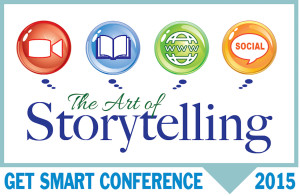
On a personal level showcasing your skills, interest, and work experience via social media visuals lets potential employers see multiple competencies at once and makes you more real. And if your desired position is in advertising, public relations, or branding, you’re required to speak fluent social media.
What better way to demonstrate this than by displaying informative content of your own? On Pinterest, try making a virtual resume pin board that includes images of past projects, work, and accomplishments. If you’re looking for something more mainstream, aim for an online resume or portfolio that captures the eye of your intended viewers. This online, visual display of your talent not only sets you apart – it makes your resume, in whatever form it takes, easy for employers to reach and read. It is your story.
On a business/marketing level rather than trying to sell one perfectly pitched tagline or idea/concept to a broad stereotyped demographic using the traditional mass media parameters we need to tell stories experientially to each person within the channels they use every day. We need to perfect each experience for each channel. We need to offer today’s audience a tangible brand experience that provides usefulness and integrates with their technology-rich lives. The top is simple. The bottom is complex and that’s where Storytelling takes place.
Get Smart 2015 is TOMORROW – don’t miss out on a great opportunity to hear from 19 Austin communications experts and their insider’s guide for how to tell your story perfectly, every time in any medium. Register before 7 p.m. tonight!
- Announcing Our 2016-2017 Board of Directors - May 31, 2016
- Freelance Corner: Making Impressions, Copyright FAQs and Nixing Procrastination - May 25, 2016
- Austin’s Best Kept Secrets: Swimming Holes - May 24, 2016

